Round-UpTen Things To Look Out For When Buying A Watch Worth Five Lakh-Plus
A handy checklist for the future buyer.
May We Recommend
I am of the firm belief that there is no right or wrong in buying a watch. After years of working with watches as a media person, consultant, horologist and even as someone who facilitates sales, I have realised there is no specific pattern in the way watch lovers choose their expensive pieces. Sometimes it’s love at first sight and some other time it’s extreme research which goes behind zooming in on that one fine timepiece. Having said that, may be a checklist of key things to look out for can help a buyer, and this article attempts to do just that. Take it as an advice and nothing more. And never say “no” to your heart; you normally will go right. And yes, here we are talking about timepieces which are around 5 lakhs and above in price.
1. Mechanical Movement
Buying an expensive piece is a commitment and the first thing you need to be sure of is the movement that powers the watch. And it better be a good mechanical movement- automatic or hand-wound, unless you land up with a special timepiece using a super-quartz or equivalent. Quartz is a highly efficient and reliable technology but lacks any emotional appeal with its jerky tick-tick moving of the second’s hand.
Most watch companies in the world do not make their own movements. There are various movement suppliers like ETA, Vaucher, Dubois Dépraz etc. where they source movements from. Some companies purchase movements and use them as is, and other times, they customise them to their needs by adding modules. The best watch makers conceive, design and construct their own movements in house, even if they source small parts from others.
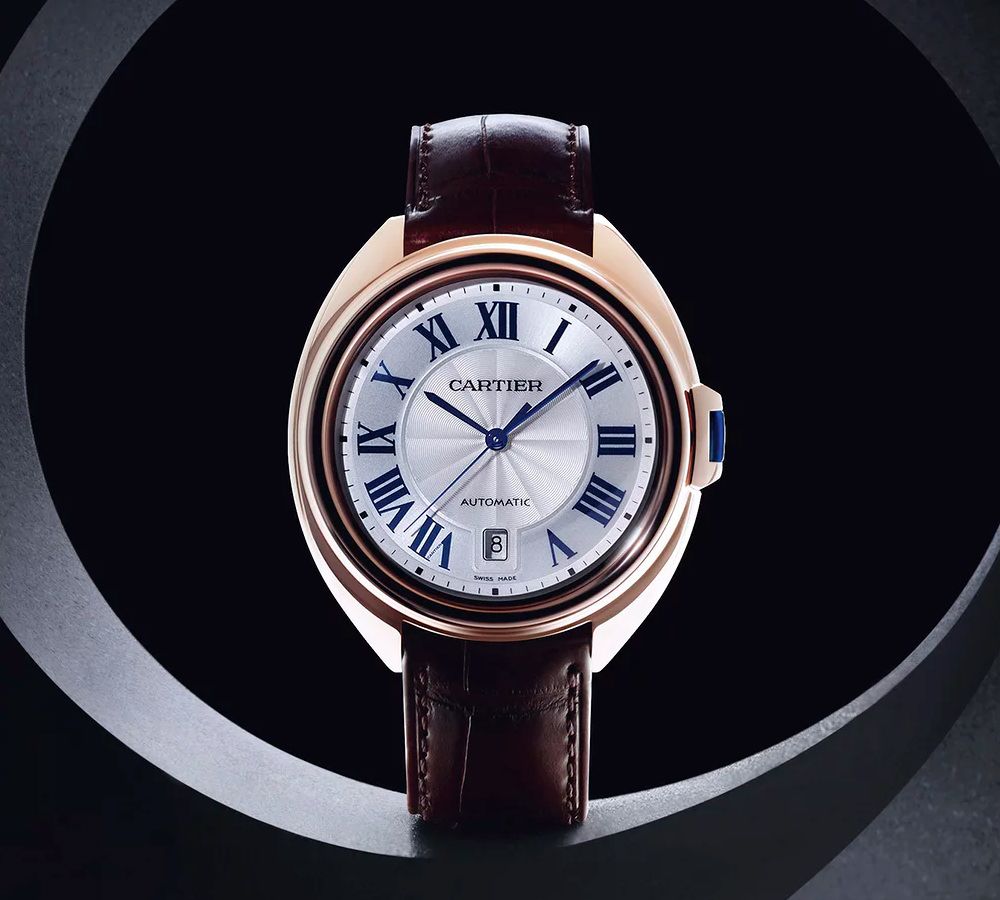
2. Chronometer Certification
When you buy a watch you have no clue how accurate it is. Most likely you have seen a good ad of the timepiece and have gone for it. This is where the role of certification comes. Chronometer certification is a process where a watch movement is sent to the COSC and tested over a period of time. In fact, even among the Swiss made watches only a handful are COSC certified. The tests are conducted on a fully functional movement in different positions simulating day to day hand movements of the wearer. For a watch to be chronometer-certified, it must be accurate within -4 and +6 seconds per day on average between all positions. It simply means a movement cannot lose more than 4 seconds or gain more than 6 seconds a day.
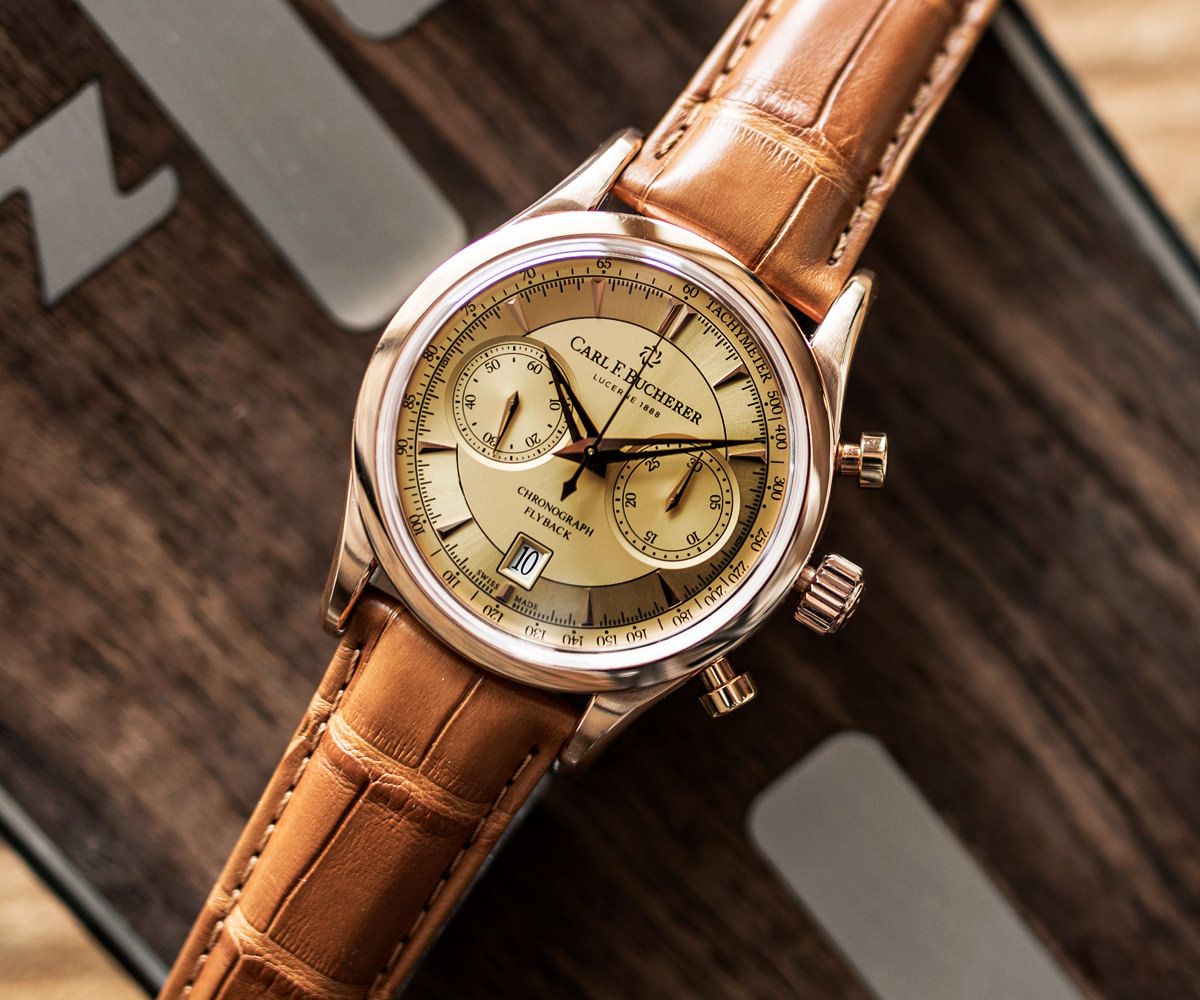
3. Legacy of Brand Name
The most important criterion to buy an expensive piece is the brand name, even more than the particular product in the discussion. These watches are for keeps and only a brand which has established credibility over centuries normally makes it to the consideration set. It’s not that no new brand has made inroads into this hallowed list but they are far and few, Franck Muller and Hublot being exceptions. Also if the brand has had uninterrupted existence and has proprietary movements along with in-house production of most small parts, the value attached is even higher. You will realize the power of the brand when you plan to re-sell your watch. Only handful of brands are like currency, can be sold as pre-owned pieces at any point, fetching good return on your investment.
4. Unique Design
Go for something which is unique in design, not only for the brand but also within the entire watch industry. A reversible watch like Reverso from Jaeger-LeCoultre or a Cartier Tank with its famous railroad design have stood the test of time for almost a century. These designs are identifiable from a mile and never grow old. Some designs become so iconic that brands are instantly identified by them, such as the Movado Museum, Chopard Happy Diamonds, Hublot Big Bang. There are many such examples.
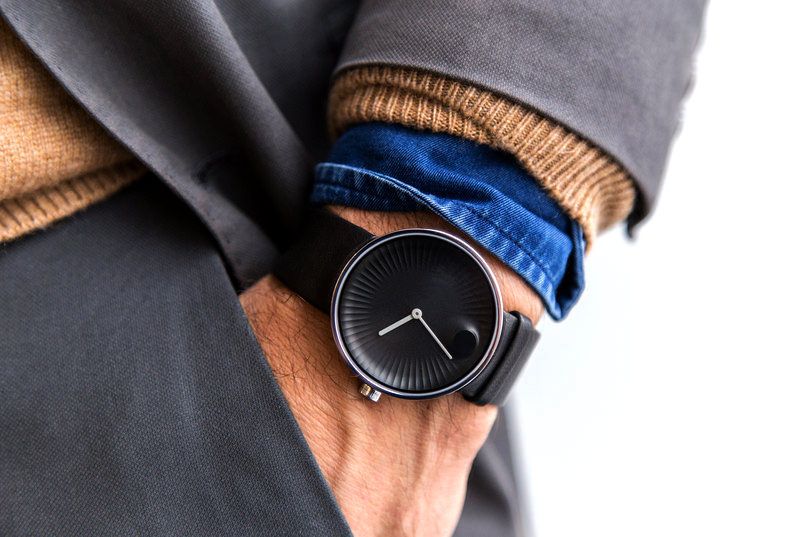
5. Quality of Illumination, water resistance
The quality of illumination is very important for checking time in the dark. Most expensive watches come with luminescence of some kind, but not all are effective. The poorer the quality of material the faultier is the illumination. Some can lighten up the hour markers and the hands only after being exposed to a source of light. But why do you need legibility when you are close to a light source, you need to see the time properly only when it is really dark. Hence go with a good quality and tested registered luminant like SuperLumiNova, which is used in many good models by most big watch brands.
Similarly, water resistance, particularly of sporty watches is a very important criterion for choice. While the standard is 30 metres, great diving watches can go down to 100 meters, 300 meters or even 600 meters. Though you may not be the one diving in the deep sea with your watch on, a good sporty timepiece must come with good water resistance.

6. Geneva Seal
This seal is a certification of quality and origin, applied directly on the movements of specific watches that satisfy the stringent rules as per the Swiss law. The Seal of Geneva is placed on certain watches that have movements which are mostly created and assembled within the canton of Geneva. The movements must also have various technical and decoration requirements in addition to their place of origin. Only a handful of watchmakers have movements with the seal, as it is very hard and costly to meet the tough benchmarks. The seal is also a matter of pride and a ticket to charge a premium for brands like Vacheron Constantin, Roger Dubuis who sell most of their pieces with the Geneva Seal.
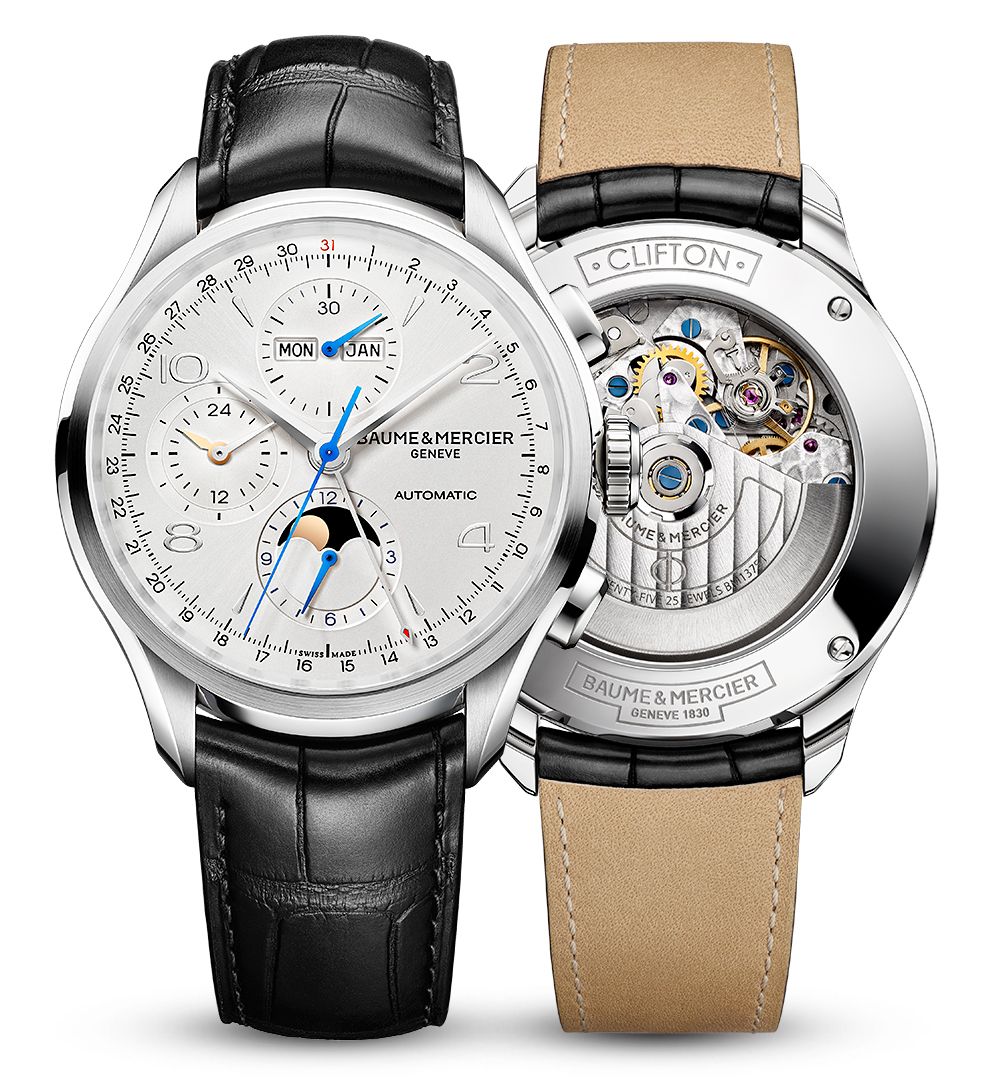
7. Exotic Materials
These are exciting times for the fine watchmaking industry. The amount of investment which is being made at the metallurgy department of various top brands has never been seen before. The fight is to create alloys, which combine precious metals to deliver unique values, or use materials used in advanced industries of car racing or aviation. The R&D of materials is not restricted for outside but also for small parts inside. The use of silicon to make small parts like springs, which was rare before, is quite common now for luxury brands like Breguet, Patek Philippe or Ulysse Nardin. The exotic material does not require lubrication and thus helps the longevity and accuracy of a watch movement by being anti-magnetic.
On the outside, we see use of ceramics and titanium, which are quite common now for being tougher and lighter than steel. Even within the big favourite of gold, there are experiments to deliver finer quality. Then we see usage of materials like forged carbon, carbon fibre, composite resin, natural stones, complexly shaped and coloured sapphire crystals, alloys like Zalium and Zirconium and many more. The use of rubber as an alternative to good old steel bracelets and leather straps, even for high-end pieces is common for sporty models.

8. Handcrafting
Many years ago, on one of my earlier visits to a Manufacture in the Jura Mountains, I met two master watchmakers who were busy completing two timepieces. On being asked, how long it took them to assemble the watch, they said close to six months. Grand Complications (combines at least three major complications) are normally hand assembled by master watchmakers from start to finish and don’t go through assembly line production. You may not get a grand complication within five lakhs but insist on checking if any part of the watch is handcrafted with engraving, wood marquetry, gem-setting etc.
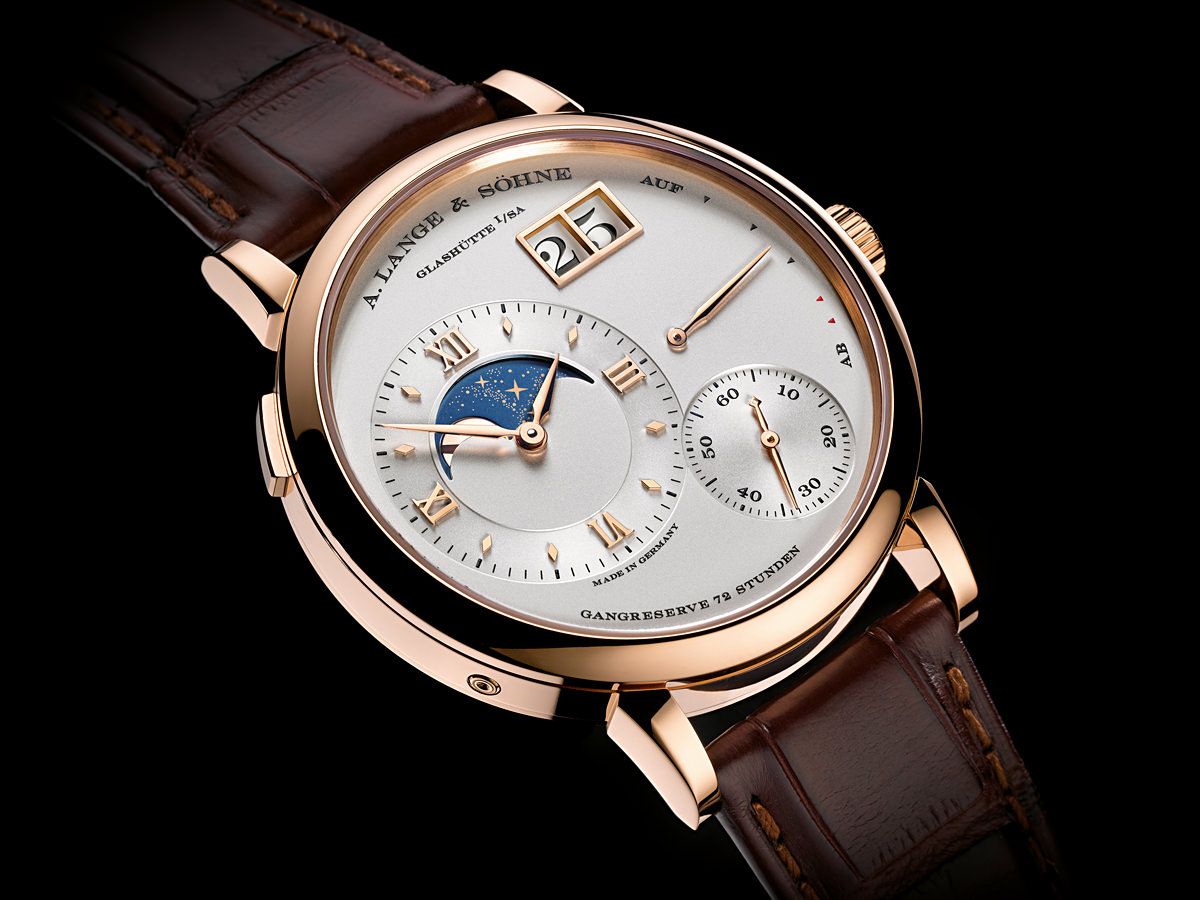
9. Complications
Finally a collector’s favourite obsession: complications- calendars (annual, perpetual), tourbillon, split-second (rattrapante) chronographs, minute repeaters, equation of time, moon phase, multiple timezone, etc. Don’t make mistakes between functions and complications. A watch can be functional without being complicated and vice-versa. Fine watchmaking’s poster boy complication- tourbillon, which was invented more than two centuries ago, and can make you poorer by at least 50 lakhs, was meant for pocket watches and is not at all relevant for wrist watches. But so are great art pieces by Picasso and Rembrandt. Everything in life is not for a functional reason.
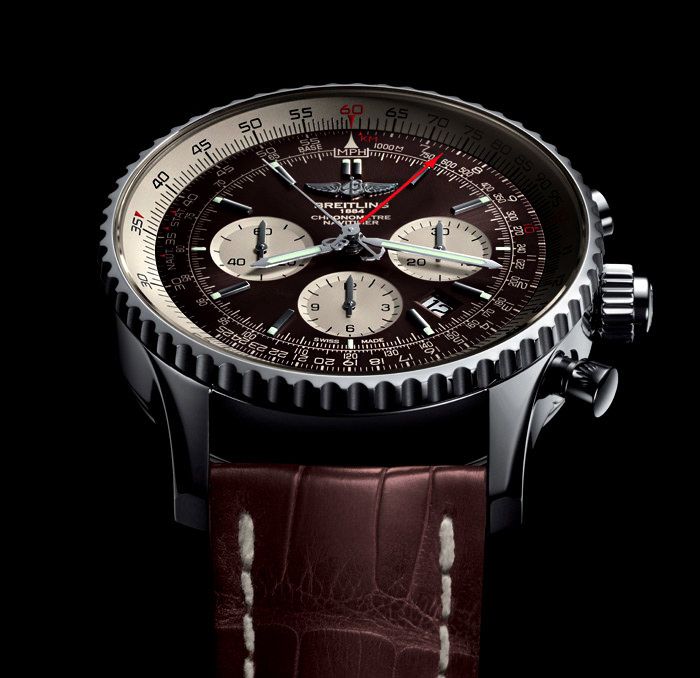
10. Limited Production
The rarer the product, the greater is the demand and hence price. Normally luxury has a strange way of premiumising limitations. Often they don’t follow logic. Watch companies are champions of creating limited series leading to a spike in demand. Limitations or special editions are a great way to celebrate a landmark or an occasion or an association. A Manchester United fan is happy to pick up the new TAG Heuer models meant for their club. Or the hype of the new Omega watch during the Olympics or coinciding with the new Bond release is unprecedented. But please don’t fall into the trap of meaningless limitations.
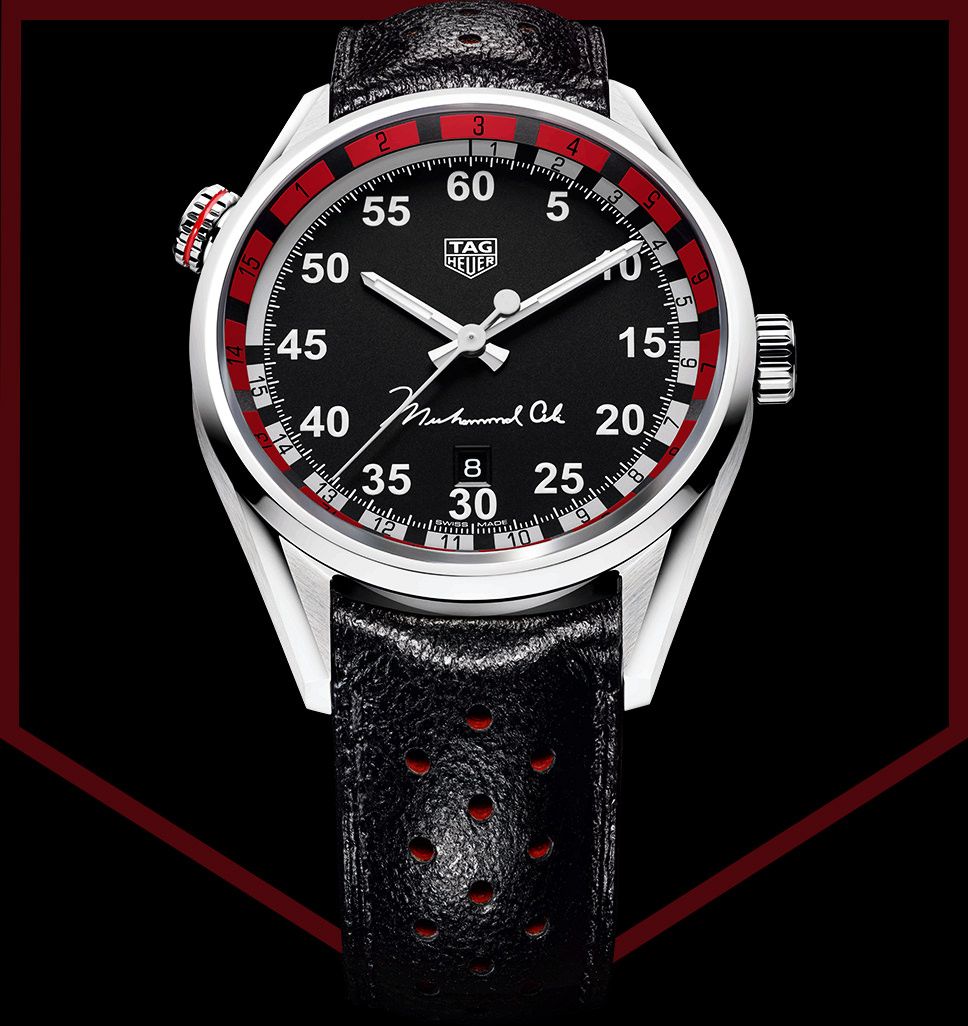
All the above-displayed watches are available at Ethos Watch Boutiques.







There are several organisations advertising exactly on these sites like yours boasting that they will give Rolex watches at 80% discount and above to Rs. 18000/- . One such website is luxurify. Com even with telephone numbers. How’s it possible to sell a Rs 200000 Rolex at Rs 18000. I want your views on what’s the catch here.
Thanks
S. Krishnamurthy
Hi S Krishnamurthy,
Such watches are generally fakes, or have unoriginal parts. The starting price for Rolex is about INR 3 lac. For genuine products, you should only shop at authorised retailers’ stores, such as Ethos Watch Boutiques.
Thank you for reading!
The Watch Guide
Do you think you can buy rolex at 2 lacs?
I would love to know which original rolex is available for 2 lacs, will immediately buy.
Very informative article . I wish I get in that league to own such a watch ,especially Rolex oyster
Show the watch prize